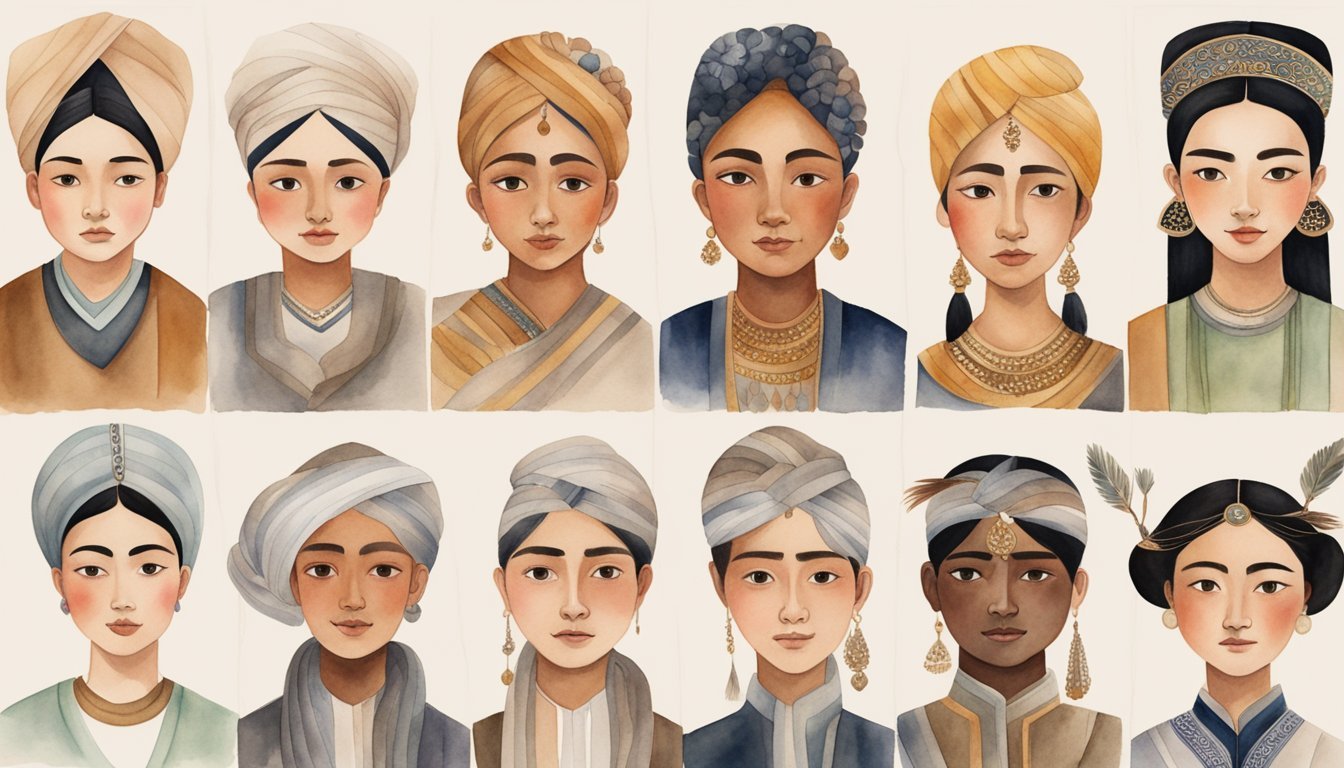The Biological Functions of Eyebrows
Eyebrows serve as a critical feature for both the protection of the eye and non-verbal communication. They play a role in human evolution and are a unique aspect of our anatomy.
Protection from Moisture and Debris
Eyebrows help to protect our eyes from excess moisture like sweat and rain. The shape of the brow ridge and the direction in which eyebrow hairs grow work together to divert water away from the eyes, ensuring clearer vision and reducing the potential for irritation. In addition to moisture, eyebrows also act as a barrier against dust and debris, which might otherwise cause damage or discomfort to the eye’s surface.
Facial Expression and Communication
Eyebrows have a significant impact on facial expression and communication. They move to express a wide range of emotions, like surprise, anger, and curiosity. The delicate nuances of eyebrow movement enhance the expressiveness of the face and help convey subtle signals in social interactions.
Sight and Vision Enhancement
While eyebrows themselves do not directly affect the physiological process of sight, their presence assists with vision enhancement by playing a protective role. They aid in reducing the glare of the sun and bright lights. The brow ridges may also contribute to this by providing a slight shade over the eyes, thus improving visual acuity in various environmental conditions.
Cultural and Aesthetic Significance of Eyebrows

Eyebrows have long been a defining feature of the human face, significantly impacting communication and social identity. Through grooming practices and style trends, eyebrows reflect cultural values and societal dynamics.
Eyebrow Grooming Practices
Different cultures have developed various eyebrow grooming methods including tweezing, waxing, tinting, threading, tattooing, and microblading. These practices serve not only to enhance facial appearance but also to conform to beauty standards that vary across regions and time periods.
Eyebrows in Social Dynamics and Identity
Eyebrows play a crucial role in nonverbal communication and facial expressions, often conveying emotions such as happiness or sadness without a single word. They are integral in relaying information and influencing human interaction within groups. The prominence of eyebrows in identity can be seen through trends set by celebrities and public figures, such as the distinctive eyebrows of Richard Nixon, which became almost as emblematic as his political persona.
The Evolution of Eyebrow Trends
From the pencil-thin brows of the 1920s to the bold, natural-looking brows made popular by contemporary celebrities, eyebrow trends have evolved dramatically. Culturally, the perception of beauty and the emulation of popular figures often drive these trends. The current preference for thicker brows, for instance, correlates with a broader cultural shift towards a more natural aesthetic and reflects an increased understanding of eyebrows’ functional significance in the human face.

